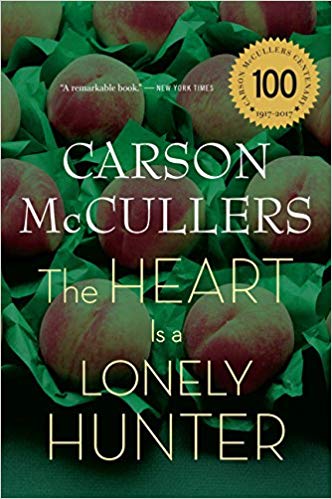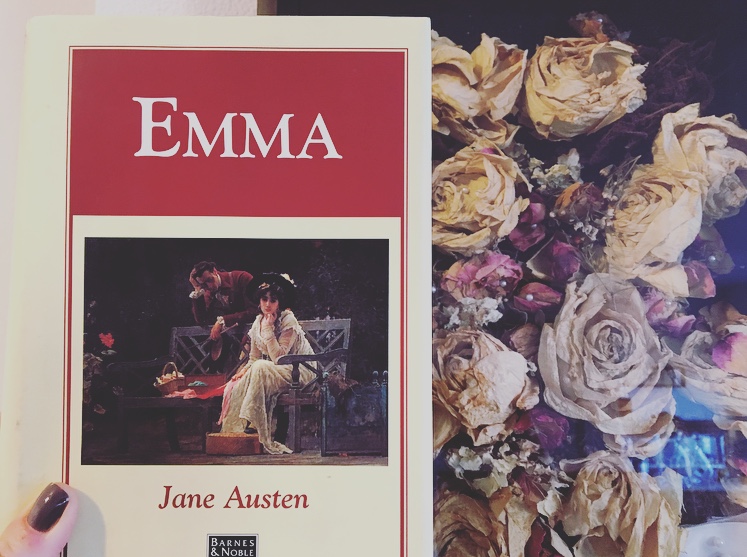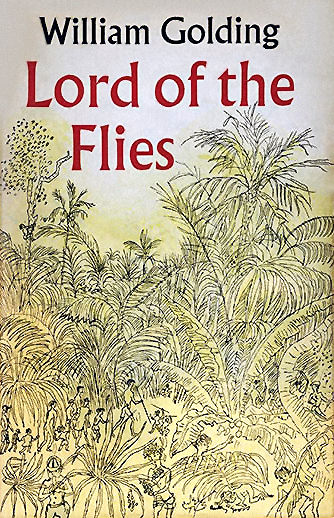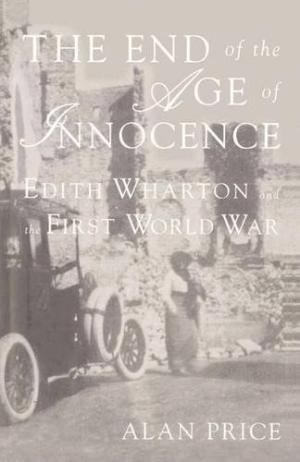
Recap: It’s one of the most ancient and revered religious texts, and yet I had never heard of it until I started my 500-hour yoga teacher training course. Some of the other trainees were familiar with it from college classes, etc. But somehow it had been overlooked in my literary education, and it’s a shame because Gita is a GEM.
The book is really a long poem, detailing a journey a la The Iliad or The Odyssey. It tells the story of a man, Arjuna, about to lead his men in battle. Right before it all goes down, however, Arjuna has a moment of internal crisis. Is fighting and winning this battle everything he stands for it or does it stand for everything he’s against? Are violence, death, destruction and power really the most important things to him? With these questions, he turns to the man driving his chariot, Krishna. But Krishna isn’t just some lowly chariot driver. He’s actually God — the universe/the almighty force/whatever synonym you want to use — reincarnate.
The rest of the tale is Krishna explaining to Arjuna the meaning of life and the best ways to live that life. These are the questions — and answers — all humans have and seek. These are the crises of mankind, and that hasn’t changed in thousands of years. So what does Arjuna do in the end? Does he fight? Does he back down in an effort to emulate a life of nonviolence? The beauty of Gita is that’s almost not even the point.
Analysis: There are many interpretations, translations and iterations of Bhagavad Gita that have been written over the years. (Just how many years, no one really knows. It’s estimated the story was originally written as early as the fifth century B.C.E. or as late as the first century C.E.) I just so happened to pick up a copy of Stephen Mitchell’s translation, and I’m glad I did. Mitchell also translated Tao Te Chang: A New English Version so he clearly has an affinity for this type of thing.
The beauty of this version is his introduction that lays out the story. It’s incredibly helpful so have this classic poem explained in layman’s terms so you’re not flying blind as you read. Otherwise, I could see it being very possible to overlook the God-ness of Krishna and the deeper interpretations of what he’s saying. This translation also includes an Appendix written by Ghandi!
Please take my use of “God” and “religious text” with a grain of salt. This is not the Bible. It is not forcing religion upon anyone. It’s explaining human thinking. You can replace “God” with other words like “the universe,” “a powerful force,” “destiny,” “the divine,” or even just “ME.” Because part of the point of the text is that unlike what many Judeo-Christian religions preach about there being an almighty God to whom we should pray and “be good” for, Gita emphasizes a more Western philosophy that God exists in all of us. There is no big man in the sky that we need to proclaim our love to. We need to recognize there is a godliness within each being on the planet, ourselves included, and proclaim our love to everyone – even ourselves. Take this section said by Krishna to Arjuna, for example:
I am the beginning and the end,
origin and dissolution,
refuge, home, true lover,
womb and imperishable seed.
I am the heat of the sun,
I hold back the rain and release it;
I am death and the deathless,
and all that is or is not.
The moment you replace each “I” with “you,” you recognize the universality of the writing. We are all everything. That’s the thing to understand about the Gita. It’s not just about a man’s dilemma on the battlefield. It’s about all people’s internal dilemma in the world. Eye-opening, mind-blowing and highly recommended.

 Recap: As a deaf man in 1930’s Georgia, John Singer is grateful to have his one friend, Spiros. But when Spiros, who’s also deaf, also becomes mentally ill and is moved to an asylum, Singer is on his own. He moves into a room in a house filled with a family and several other renters. His world widens as he is befriended by the young daughter who lives in the house, Mick, a black doctor, Dr. Copeland, an alcoholic labor activist, Jake and a local bar owner, Biff.
Recap: As a deaf man in 1930’s Georgia, John Singer is grateful to have his one friend, Spiros. But when Spiros, who’s also deaf, also becomes mentally ill and is moved to an asylum, Singer is on his own. He moves into a room in a house filled with a family and several other renters. His world widens as he is befriended by the young daughter who lives in the house, Mick, a black doctor, Dr. Copeland, an alcoholic labor activist, Jake and a local bar owner, Biff. Recap: In this classic British romance novel, Emma is one of the most popular and well-liked bachelorettes in her community, but no matter how hard she tries, she is completely oblivious to the true wants and needs of the people around her. If you’ve seen the movie Clueless, it may or may not surprise you to know it’s loosely based on this Jane Austen novel from 1815. Emma is the “Cher” character — or rather, “Cher” is the Emma character — focused so much on matchmaking her friends that she misreads signals for her own opportunities at love — or misses them altogether. In the first half of the novel, she is intent on fixing up her new and lower class friend Harriet (“Tai” in Clueless if you’re still following along with the comparison) with her friend Mr. Elton. But every signal that she believes proves Mr. Elton likes Harriet is a sign he actually loves Emma. The result? Both Mr. Elton and Harriet are crushed.
Recap: In this classic British romance novel, Emma is one of the most popular and well-liked bachelorettes in her community, but no matter how hard she tries, she is completely oblivious to the true wants and needs of the people around her. If you’ve seen the movie Clueless, it may or may not surprise you to know it’s loosely based on this Jane Austen novel from 1815. Emma is the “Cher” character — or rather, “Cher” is the Emma character — focused so much on matchmaking her friends that she misreads signals for her own opportunities at love — or misses them altogether. In the first half of the novel, she is intent on fixing up her new and lower class friend Harriet (“Tai” in Clueless if you’re still following along with the comparison) with her friend Mr. Elton. But every signal that she believes proves Mr. Elton likes Harriet is a sign he actually loves Emma. The result? Both Mr. Elton and Harriet are crushed.

 1984 on Broadway: We are Big Brother
1984 on Broadway: We are Big Brother Recap: The age-old story of a group of people abandoned and trapped on a deserted island basically originated in the 1954 classic novel The Lord of the Flies. A plane crashes on an island, leaving just a group of young boys to fend for themselves without grownups. Their first goal is to be saved. But as time passes, their new goal is to survive, and it proves more difficult than they imagined. After just one day, one of the boys goes missing and is never seen or heard from again. Ralph declares himself the “chief” of the group from the start, using a conch shell as his loudspeaker to call meetings to order and to organize plans, rules and work groups. Piggy, though annoying, becomes his much more logical and intelligent sidekick — or thorn in his side as the case may be. And then there’s Jack, who initially competes with Piggy for Ralph’s attention and then later competes with Ralph for his title.
Recap: The age-old story of a group of people abandoned and trapped on a deserted island basically originated in the 1954 classic novel The Lord of the Flies. A plane crashes on an island, leaving just a group of young boys to fend for themselves without grownups. Their first goal is to be saved. But as time passes, their new goal is to survive, and it proves more difficult than they imagined. After just one day, one of the boys goes missing and is never seen or heard from again. Ralph declares himself the “chief” of the group from the start, using a conch shell as his loudspeaker to call meetings to order and to organize plans, rules and work groups. Piggy, though annoying, becomes his much more logical and intelligent sidekick — or thorn in his side as the case may be. And then there’s Jack, who initially competes with Piggy for Ralph’s attention and then later competes with Ralph for his title. It wasn’t easy being a woman at the turn of the century, being a woman who couldn’t vote, being a woman through World War I, being a woman through the Great Depression. But that’s what Pulitzer Prize-winning author Edith Wharton did. Not only did she survive, she thrived, writing fascinating literature and doing great journalism. She also made charitable work her main focus through the Great War.
It wasn’t easy being a woman at the turn of the century, being a woman who couldn’t vote, being a woman through World War I, being a woman through the Great Depression. But that’s what Pulitzer Prize-winning author Edith Wharton did. Not only did she survive, she thrived, writing fascinating literature and doing great journalism. She also made charitable work her main focus through the Great War.

 As if the last year wasn’t busy enough for Academy Award-winning actress Reese Witherspoon (Wild, Gone Girl), she’s taking on another big…well…undertaking.
As if the last year wasn’t busy enough for Academy Award-winning actress Reese Witherspoon (Wild, Gone Girl), she’s taking on another big…well…undertaking.